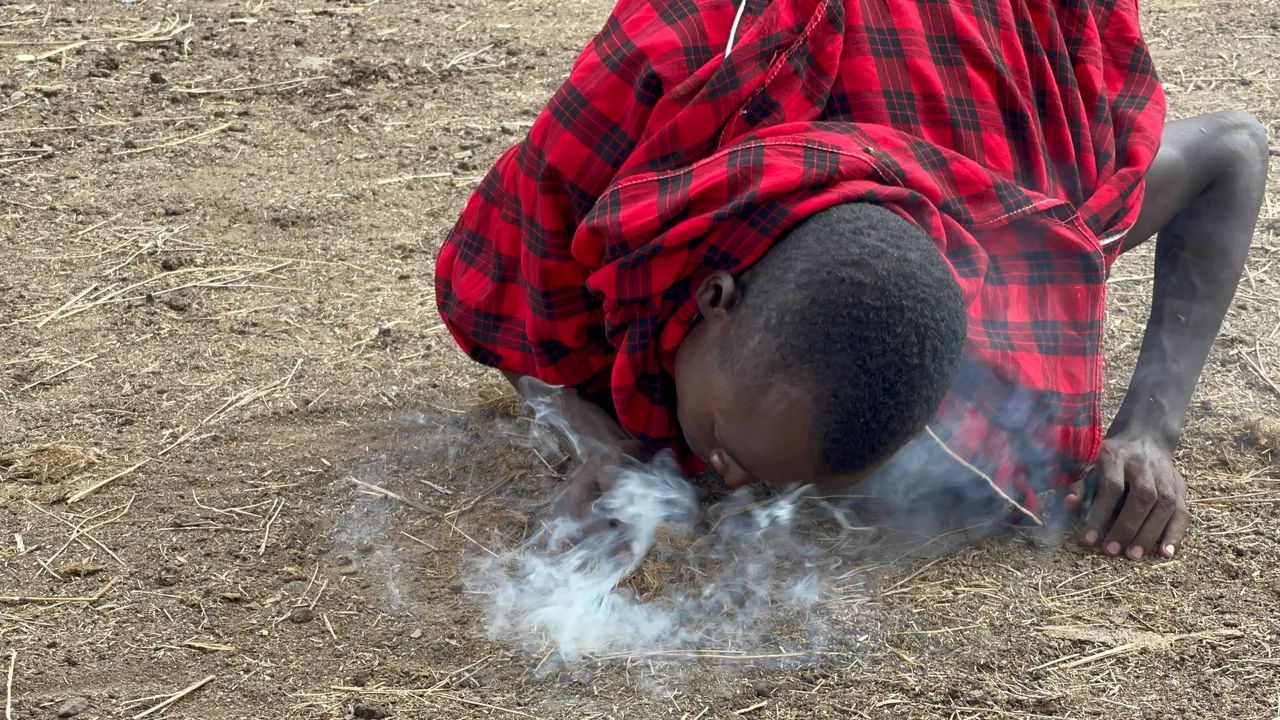
A Maasai warrior making fire by rubbing two sticks together.
The Maasai, often spelled as Masai, are a semi-nomadic ethnic group indigenous to East Africa, primarily living in Kenya and Tanzania. They are known for their distinctive culture, clothing, and traditions, and have captured the fascination of people around the world. I have spent time with the Maasai, visiting their villages and hearing their stories. Here is what I've found.
- History:
Origin: The Maasai people are believed to have migrated to East Africa from the Nile Valley region in Sudan several centuries ago. Their migration southward brought them into the Great Rift Valley and the savannahs of Kenya and Tanzania.
Warrior Society: Historically, the Maasai were renowned as fierce warriors. They defended their livestock, land, and way of life against rival tribes and colonial forces. The Maasai's warrior culture played a crucial role in shaping their identity.
British and German Colonization: During the colonial era, both the British and Germans attempted to control Maasai territory. This led to conflicts and the loss of some of their traditional lands. Now you can find the Maasai back in charge of the protected wildlife areas, still herding their cows with a wary eye out for big cats.
- Culture:
Nomadic Lifestyle: Traditionally, the Maasai were nomadic herders, relying on cattle, sheep, and goats for sustenance. They moved their livestock to find fresh grazing lands and water sources.
Livestock: Cattle are central to Maasai culture. They provide food (milk, meat, and blood), wealth, and social status. The Maasai have a strong connection to their livestock and often measure wealth by the number of cattle they own.
Dress: The Maasai are known for their colorful clothing and elaborate beadwork. Both men and women adorn themselves with beaded jewelry, and their clothing is typically made from bright red or blue fabrics, often adorned with intricate beadwork.
Age-Set System: Maasai society is organized into age-sets, with each set having specific responsibilities and duties. As individuals progress through age-sets, they acquire new roles and privileges within the community.
Social Structure: Maasai society is patriarchal, with men holding positions of authority. Elders play a significant role in decision-making and dispute resolution.
- Religion and Beliefs:
Maasai traditional religion includes a belief in one god, Engai or Enkai, who is associated with both benevolence and retribution. The Maasai also have a strong connection to the natural world, believing in the spiritual power of animals and landscapes.
Rituals and Ceremonies: Maasai life is marked by various ceremonies, including initiation rites for boys and girls, marriage ceremonies, and rituals related to cattle. Cattle are often sacrificed in religious ceremonies as offerings to Engai.
- Modern Challenges:
Land Disputes: The Maasai have faced ongoing challenges related to land ownership and displacement, often due to government policies, conservation efforts, and commercial interests.
Education: Access to education has improved among the Maasai, but there are still significant educational disparities, particularly in remote areas.
Cultural Preservation: The Maasai have made efforts to preserve their cultural heritage while adapting to modern life. Tourism has played a role in both cultural preservation and economic opportunities. This is part of the reason I always make sure to have my tour groups visit a Maasai village. Not only is it a great way to communitcate and see what village life is like, but it also provides an outlet to preserve the traditions.
The Maasai culture is a unique and vibrant one, characterized by its deep connection to nature, cattle, and community. Despite the challenges they have faced, the Maasai continue to maintain their traditions and identity in the face of modernization and external pressures. I urge you if you ever visit the homeland of the Masaai people, to take the time out of your safari to soak up some of their culture and their warmth.
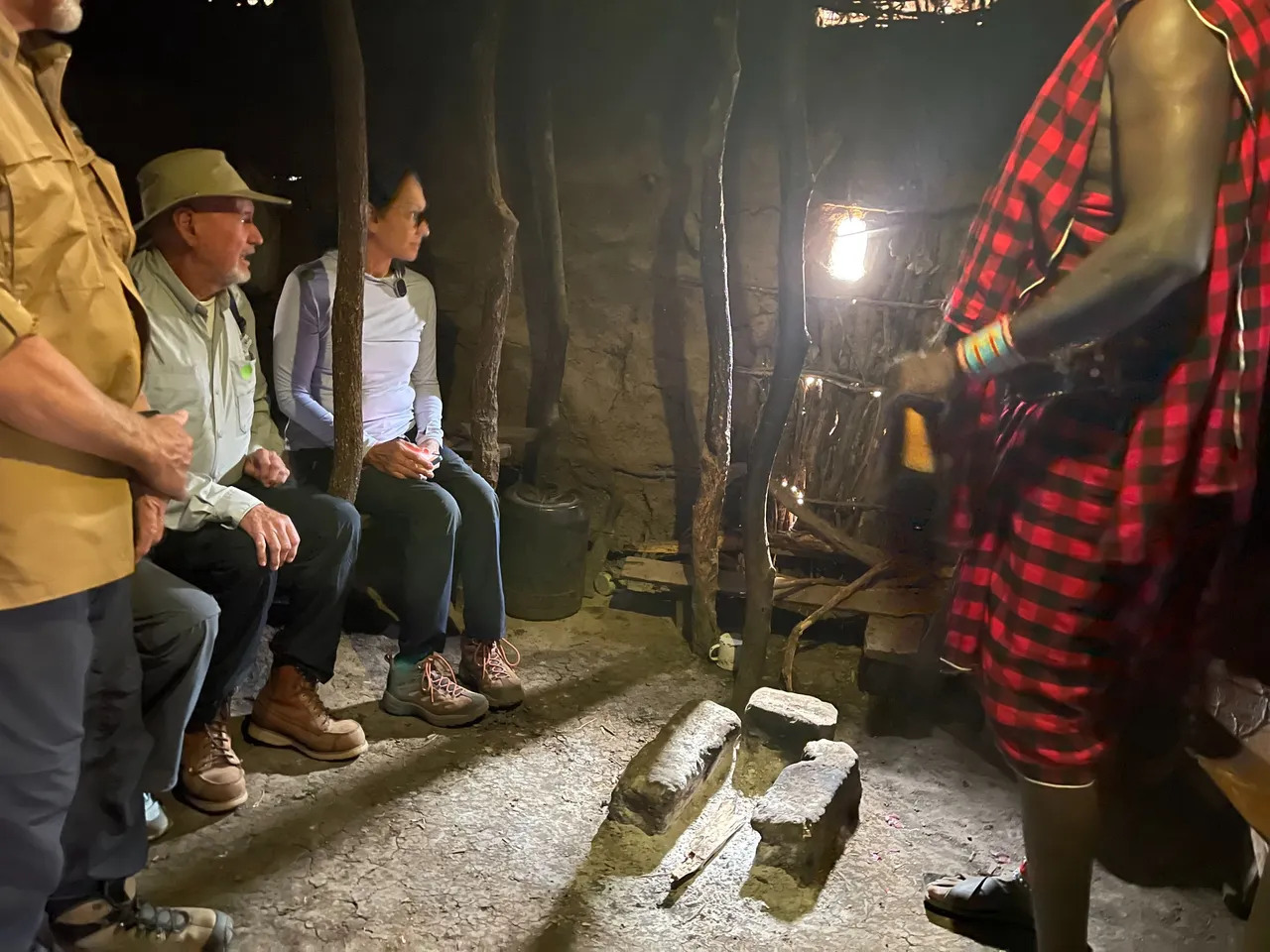
Inside the home of a Maasai chief. The home is made from dung and mud plastered around a frame of sticks.
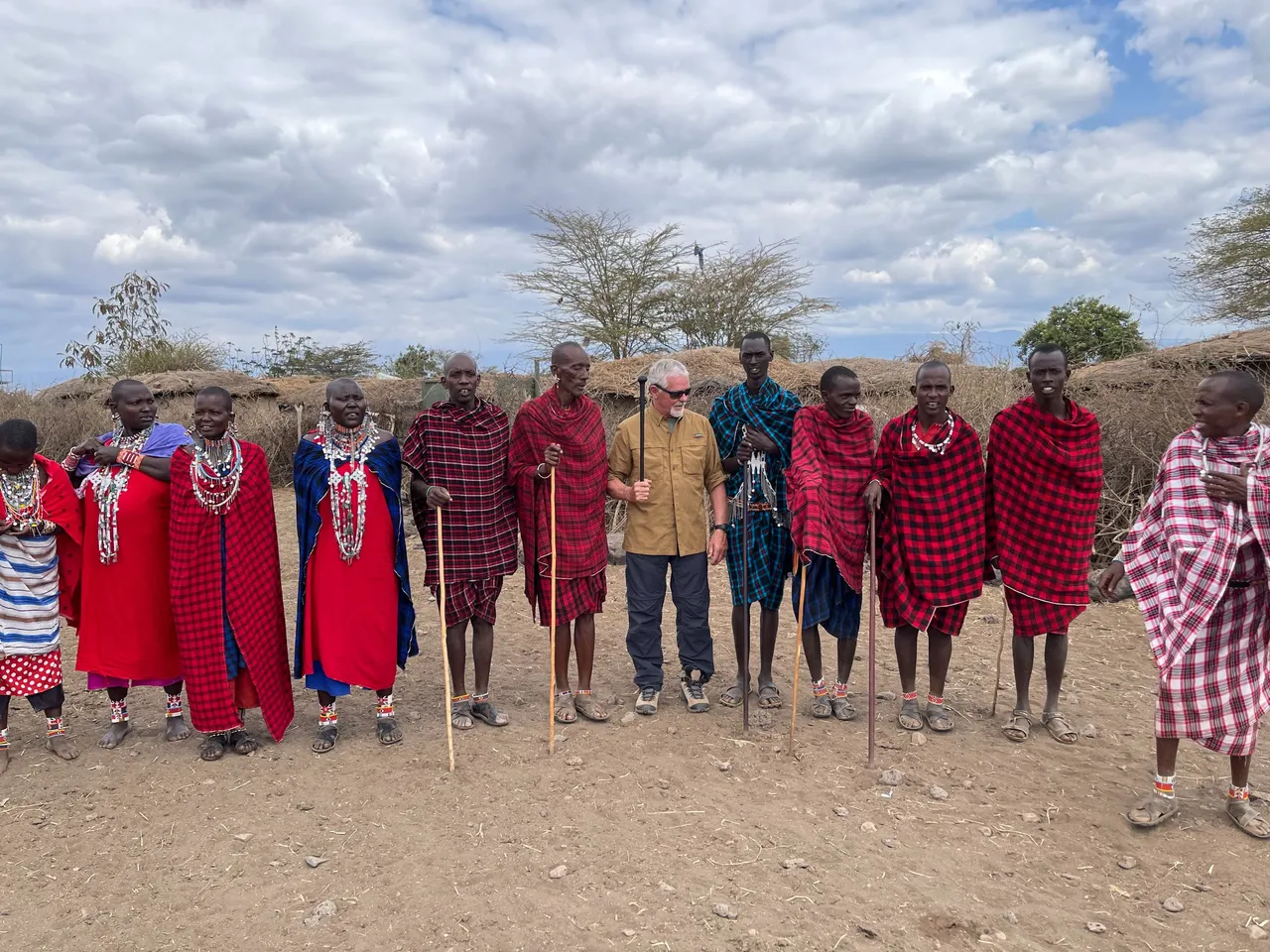
One of my groups dancing with the Maasai.

The chief in his regalia
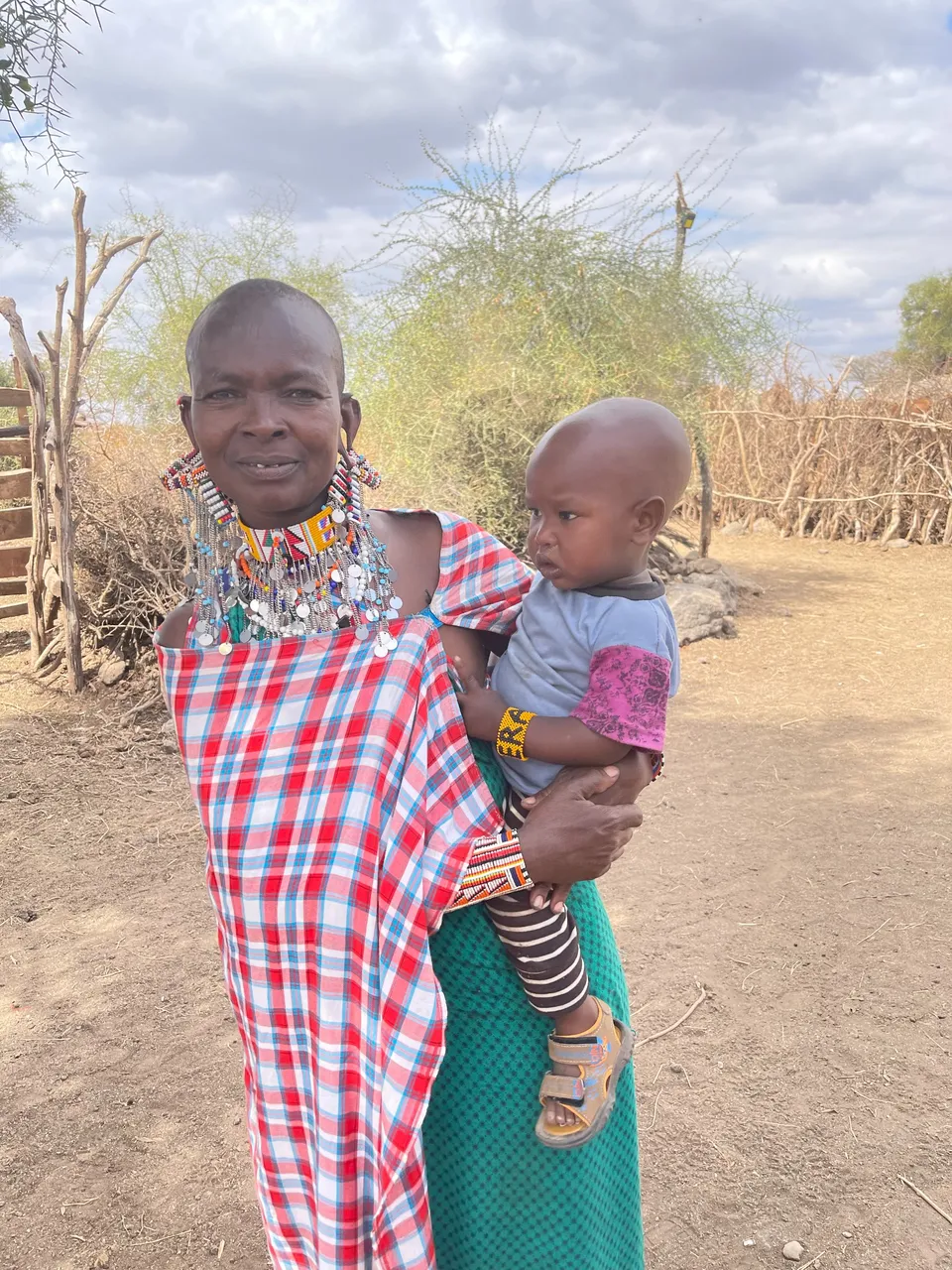
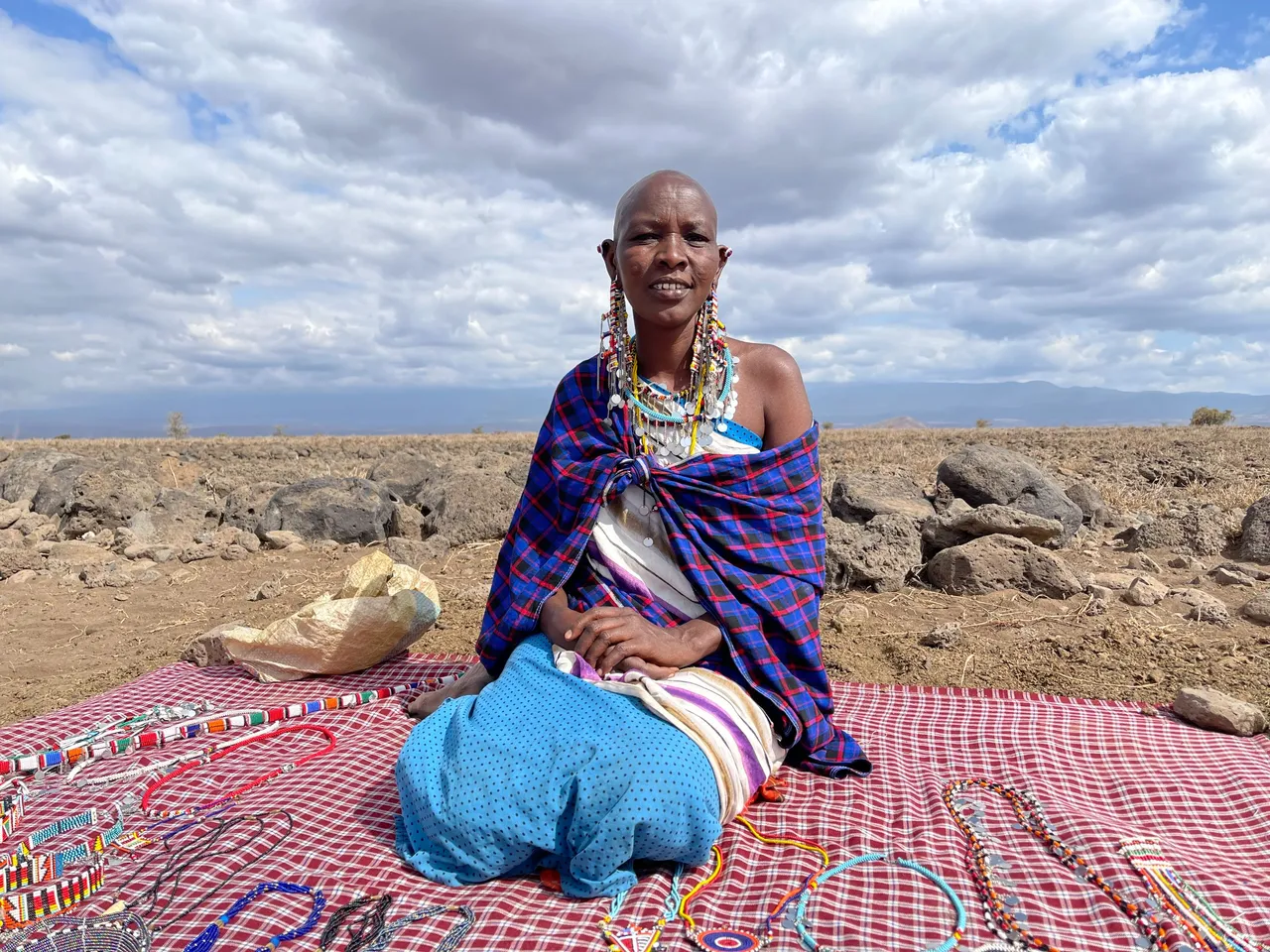
One of my favorite photos of the Maasai.
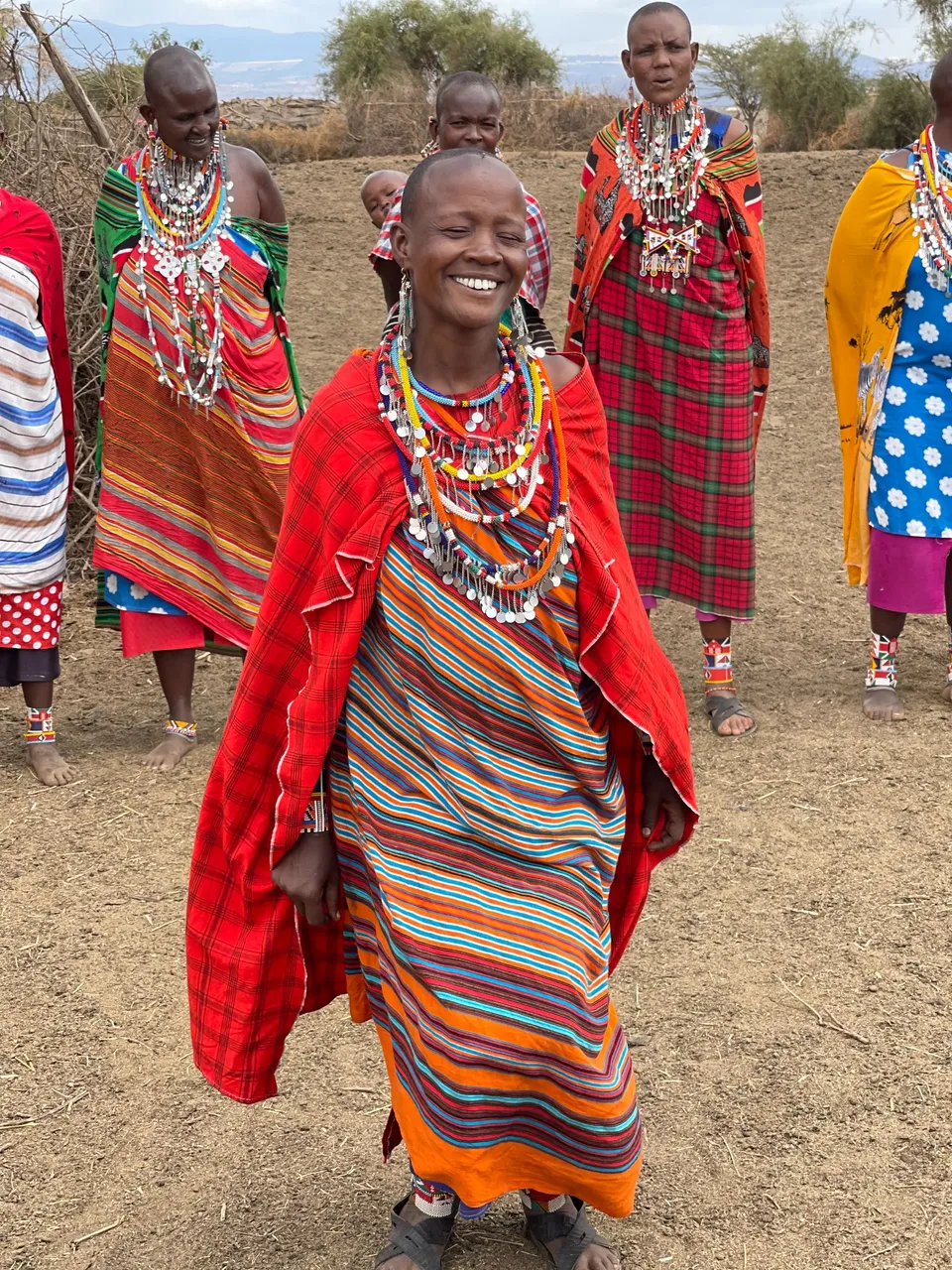
Beautiful smiles abound in the village.
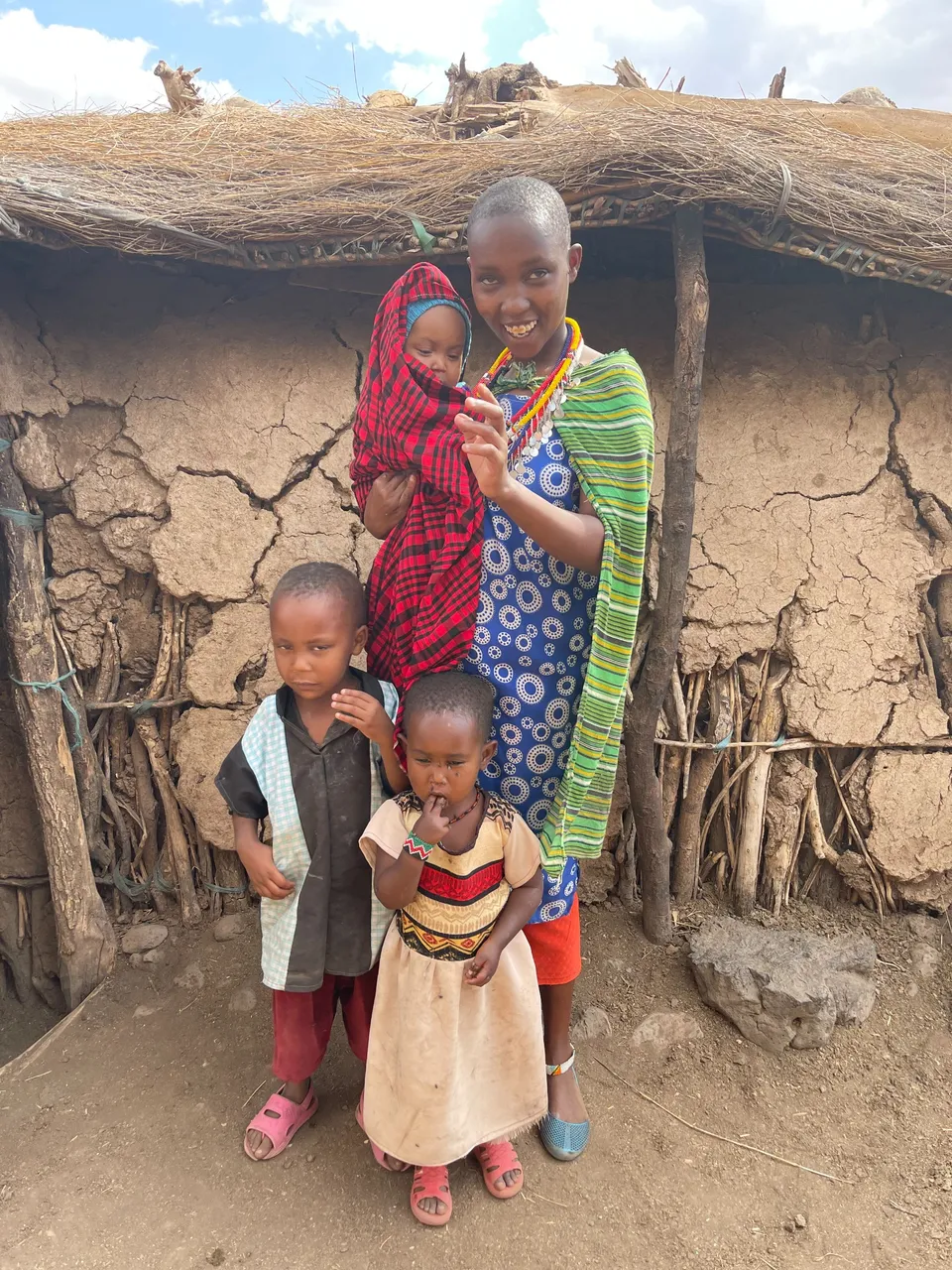
The village grows.
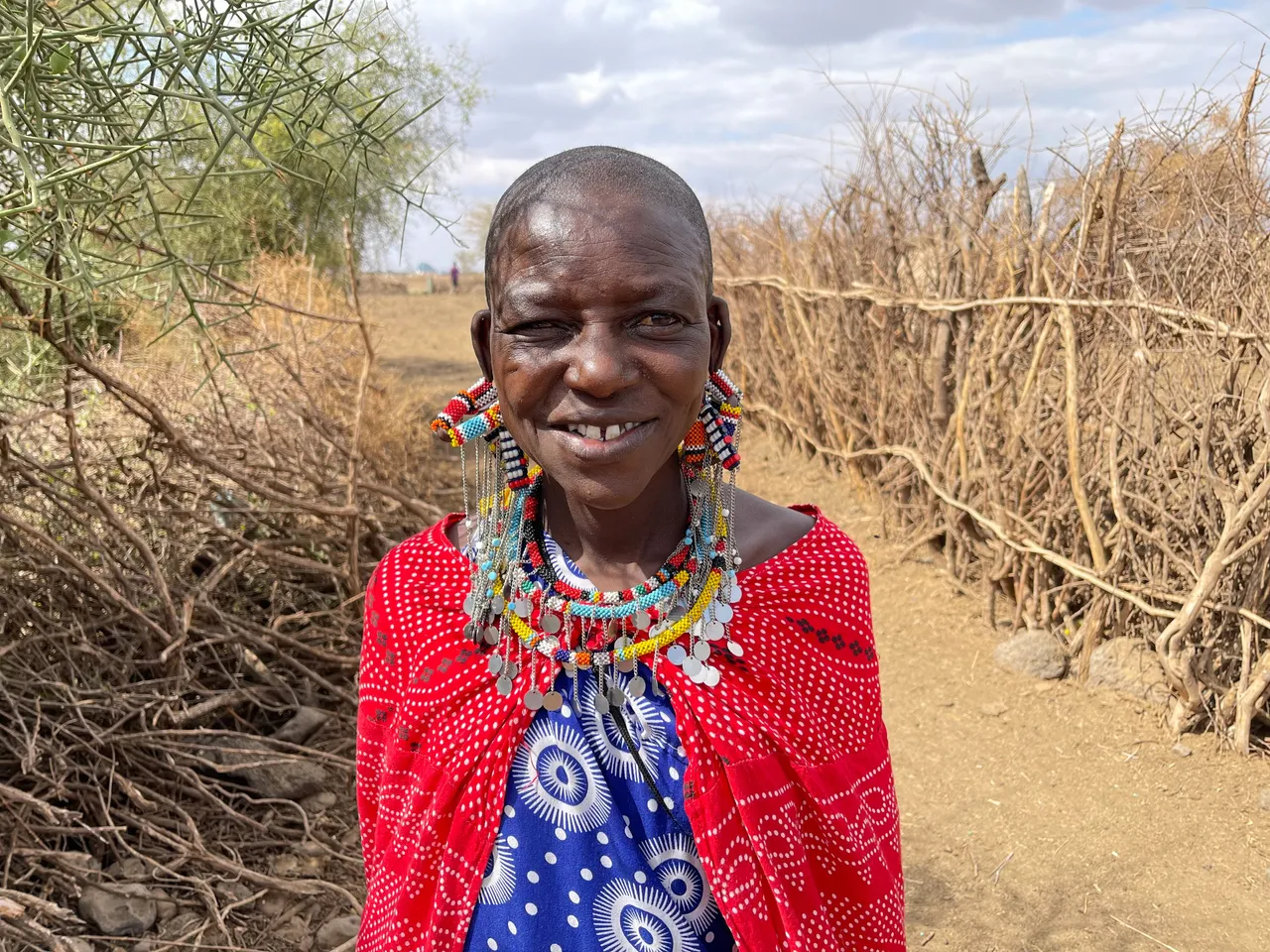

School kids singing and showing off their knowledge of English. They also learn Swahili and their native tongue as well.
There are thousands of Maasai villages in Kenya and Tanzania but you can see the one pictured here on pinmapple.com: [//]:# (!pinmapple -2.73316 lat 37.24592 long Masai Village #3 d3scr)